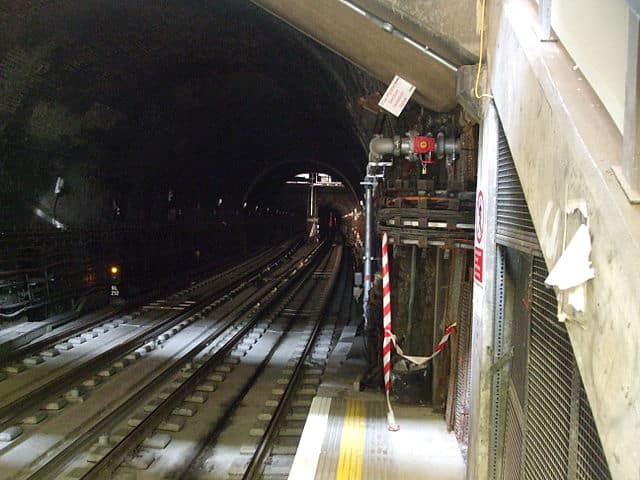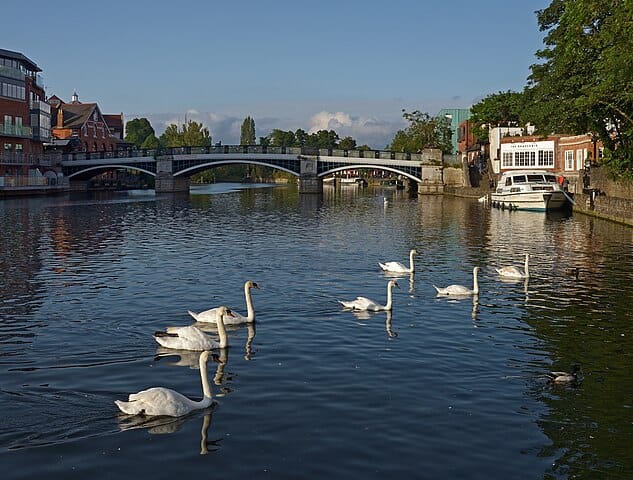If you are in London, it's hard to miss this waterway that cuts through the city. Many visitors will enjoy a sightseeing or dinner cruise, while others will walk over or alongside it.
Exploring the River Thames is just one of the many things to do in London. Below are 10 things that you might not know about the River Thames.
1. The Thames is home to the world’s first underwater tunnel.
Built in 1843 by engineer Marc Brunel, the Thames Tunnel was the first thoroughfare ever built underwater.
The original tunnel is still used today by London Underground on the stretch between Wapping and Rotherhithe.

2. The Thames goes well beyond London.
The Thames is over 200 miles (300km) long and runs through places like Oxford and Windsor Castle.
But is only the 2nd longest river in the United Kingdom – The longest is the River Severn.
3. The Thames can be deadly.
On average, 50 people each year die in the River Thames, the majority of which are suicides.
4. The Thames is home to Swan Upping.
An annual tradition where baby swans are officially counted by the Worshipful Company and Vintners and the Dyers.

This dates back to a time when swans were counted to let the King know how many he could eat throughout the year!
5. This is the reason London exists.
Evidence of human usage dates back to the BC years.
The river’s ability to sustain life, improve trade, and provide travel links with Europe means it was an obvious place to cultivate civilization, even for the Romans.
Without the Thames, London today would not even exist!
6. Nobody knows exactly what ‘Thames’ even means.
The Middle English word Temese is derived from the Celtic name Tamesas for this river.
As for where the name comes from - is thought that the name meant the word ‘dark’ or ‘muddiness.’
7. The Thames is not always the Thames.
The stretch of the river that flows through Oxford is known as the Isis.
8. Seahorses live in the Thames.
A rare breed of seahorse – the short-snouted seahorse – has been found living in the River, suggesting there are large colonies of this creature living in London!
9. The Thames used to freeze up in winter.
In previous centuries, the Thames was larger than it is today.
This means that the current was slow, so slow, in fact, that when temperatures in London plummeted, the river would freeze!
The ice was so thick and solid that annual ‘Frost Fares’ were held on top of the river with ice skating, games, bonfires, and parties.
+++Learn more about the bridges, such as the London Bridge or the Millennium Bridge, which cross over the Thames.+++









